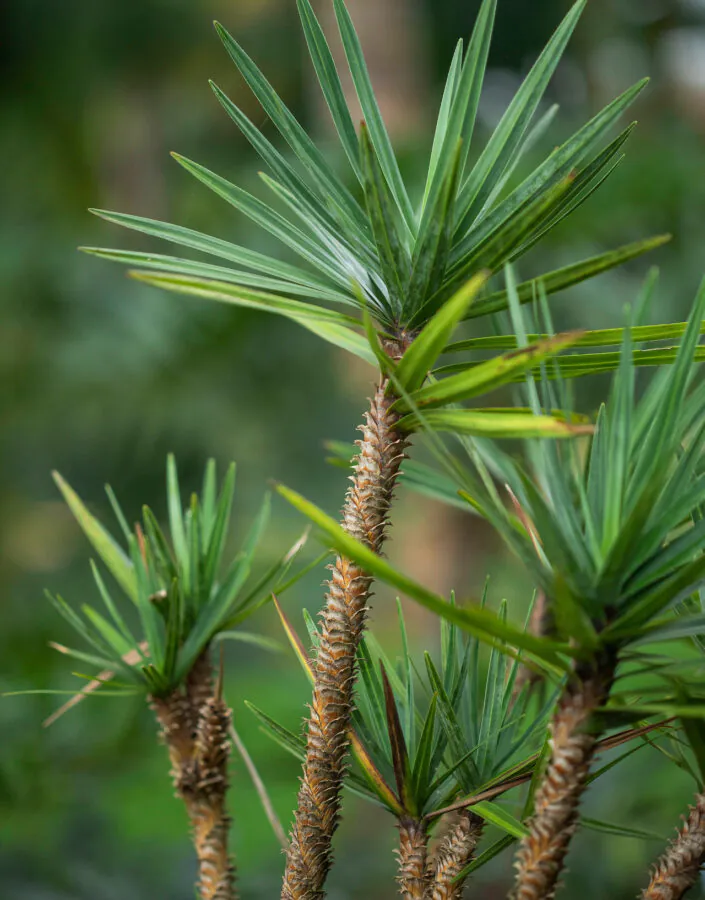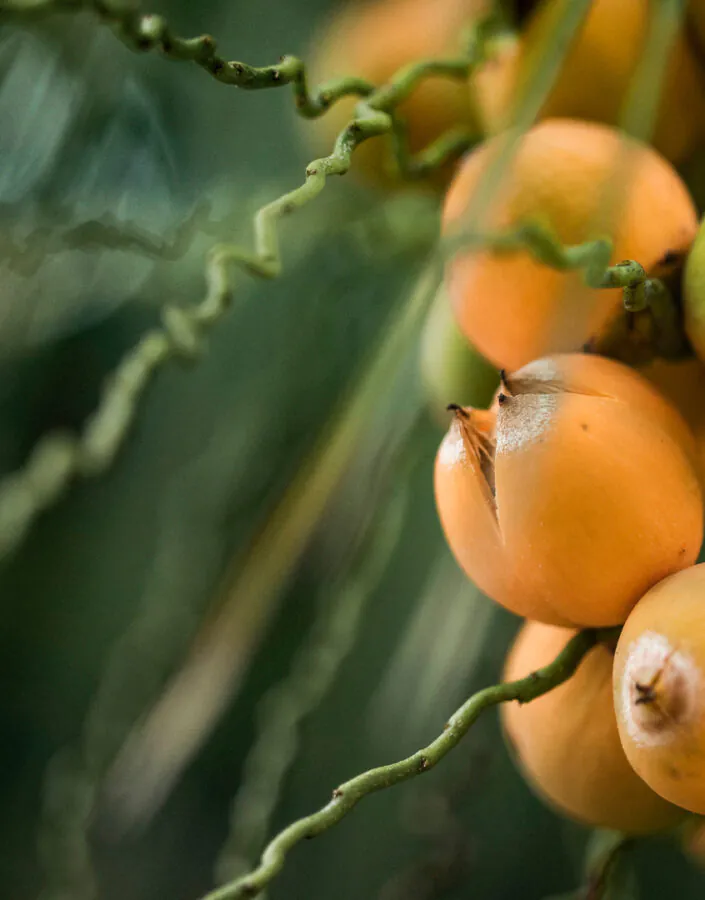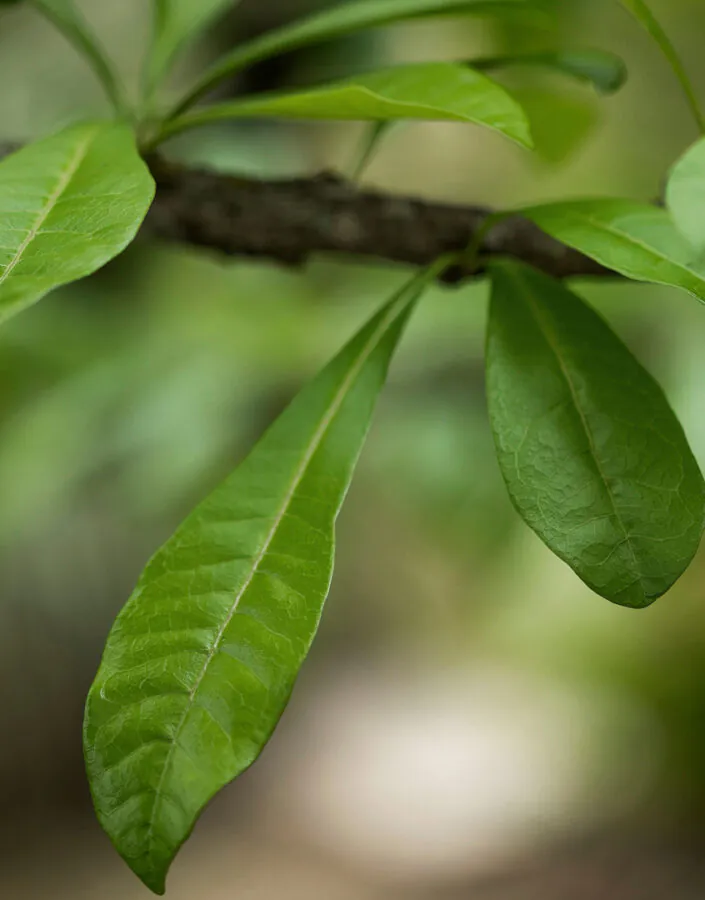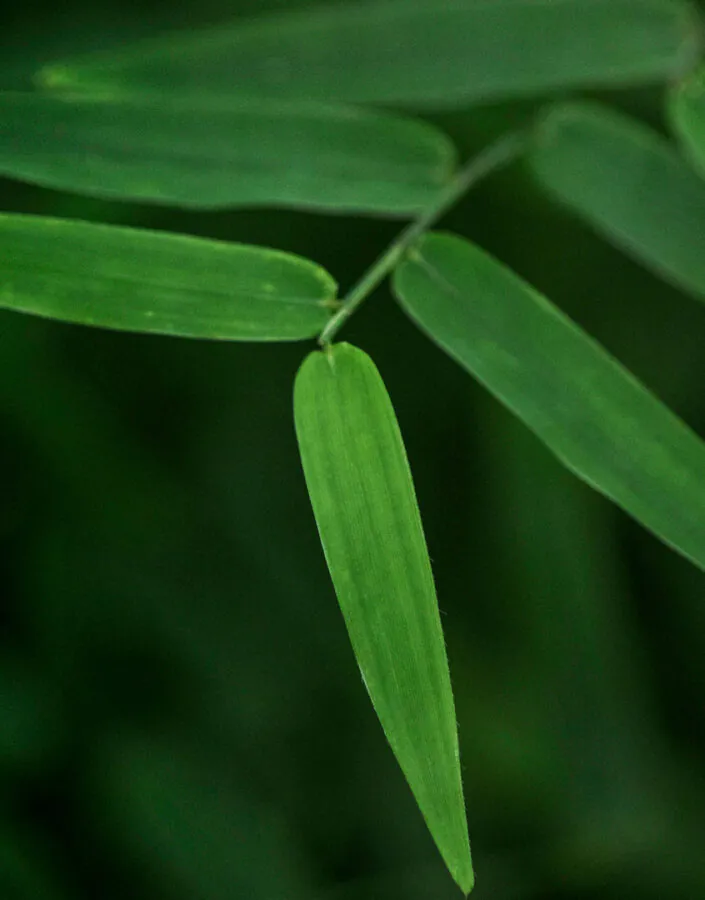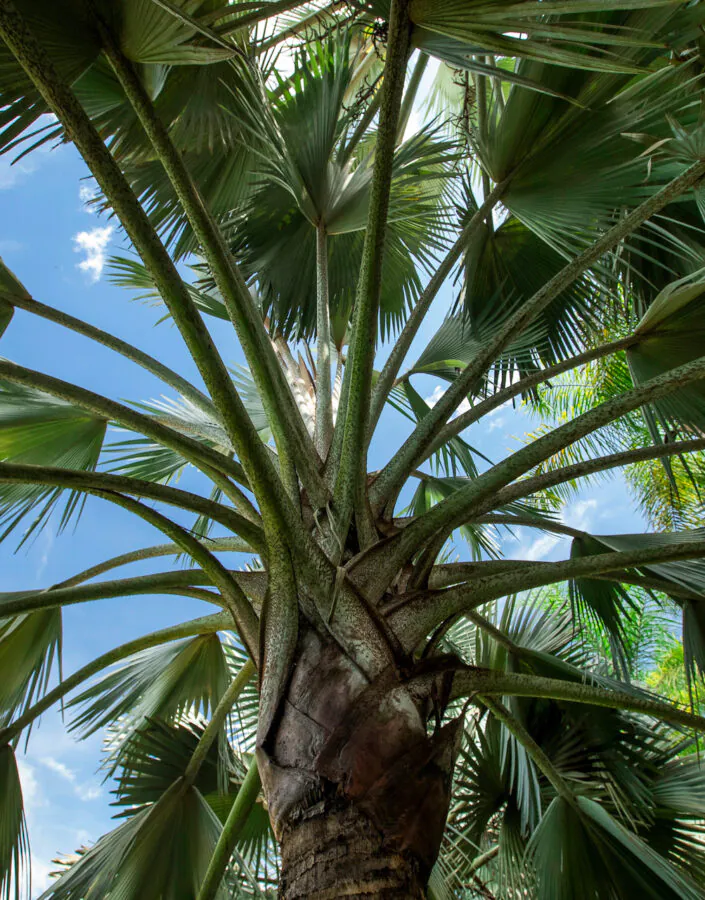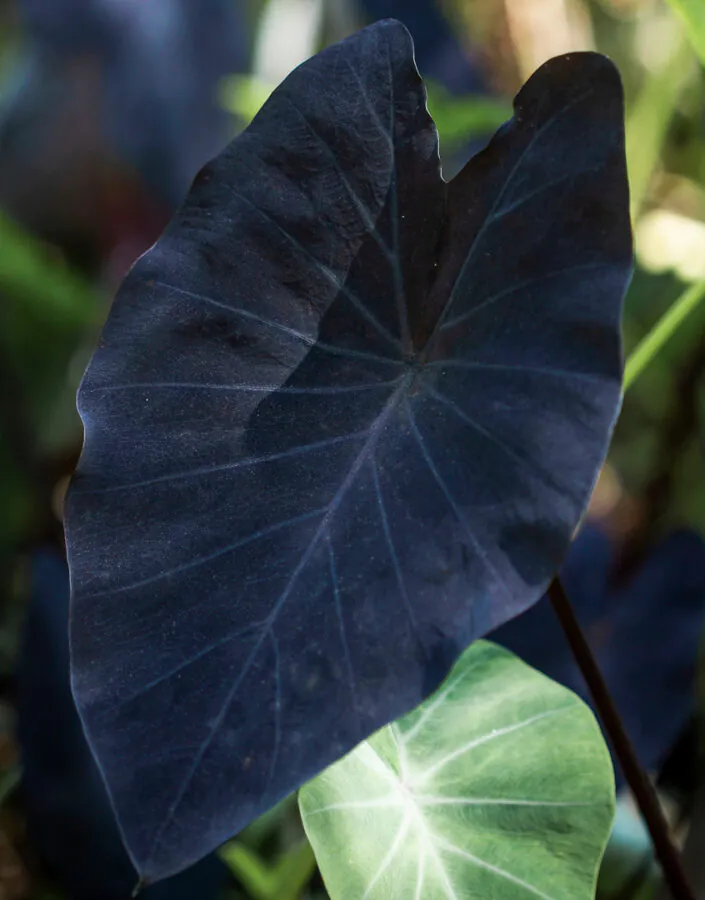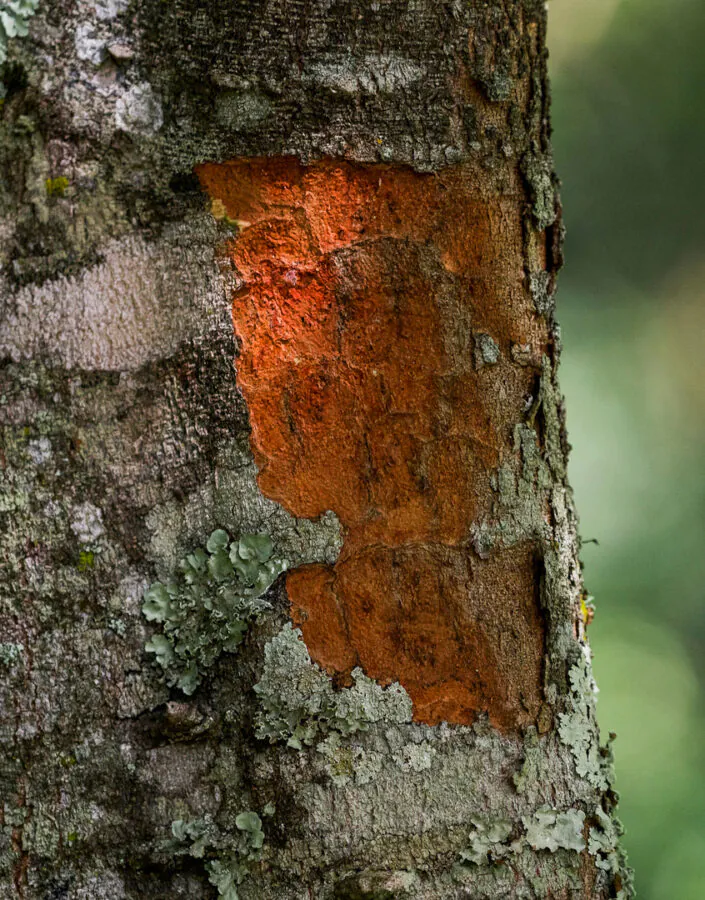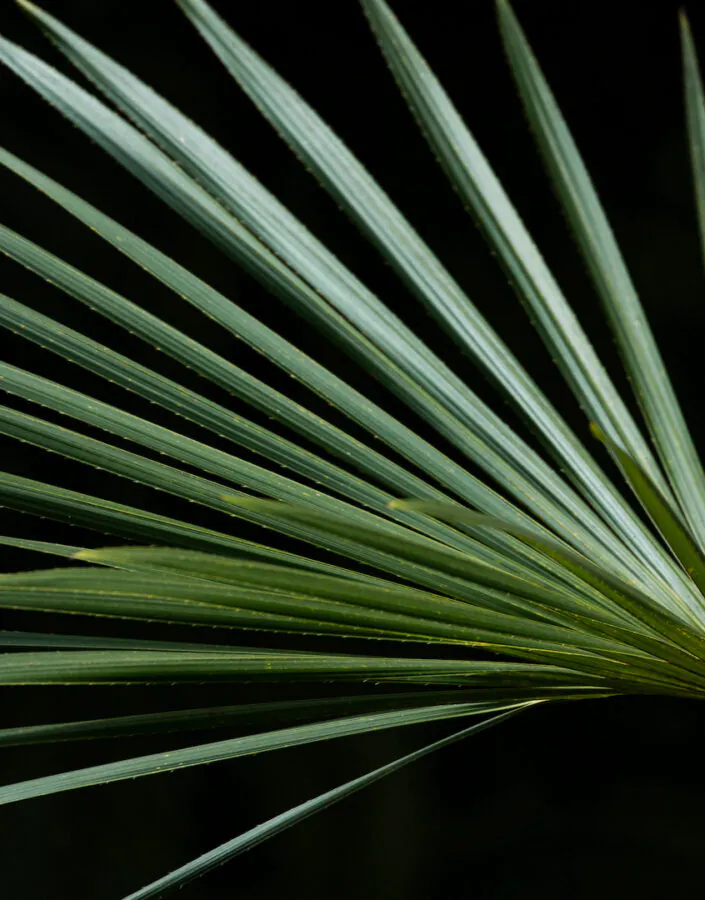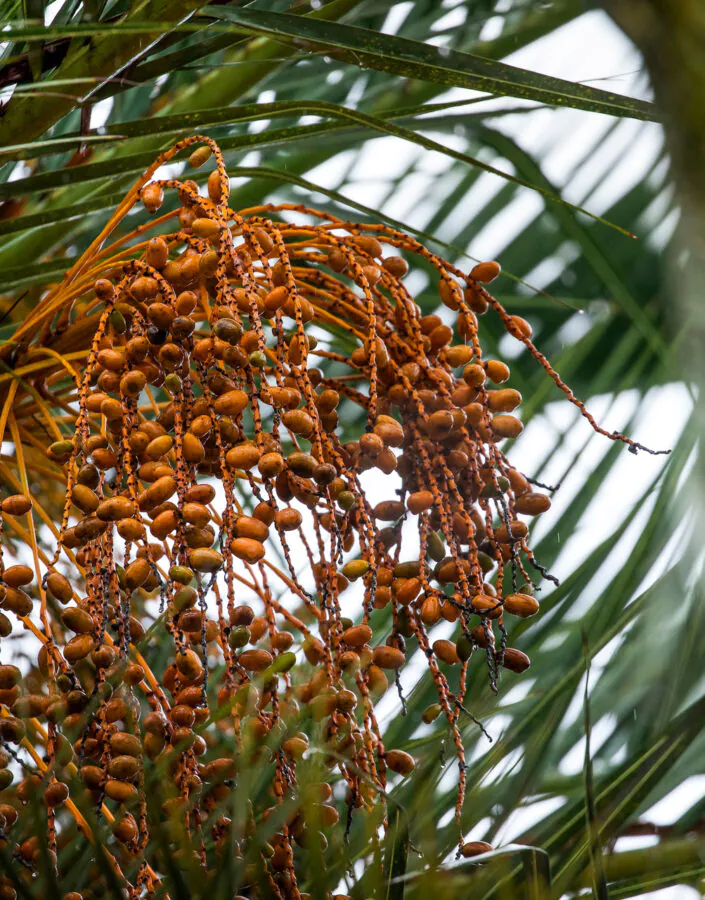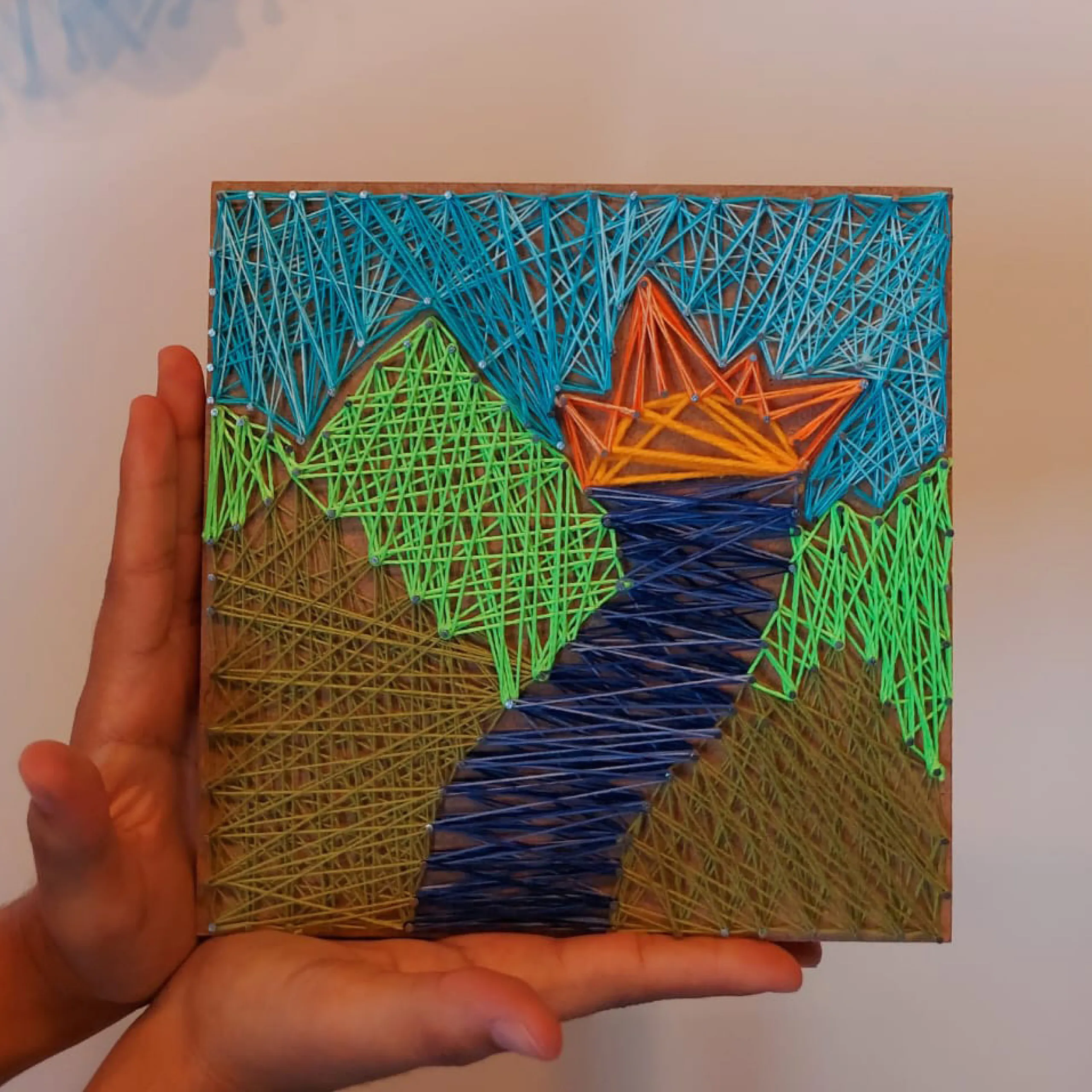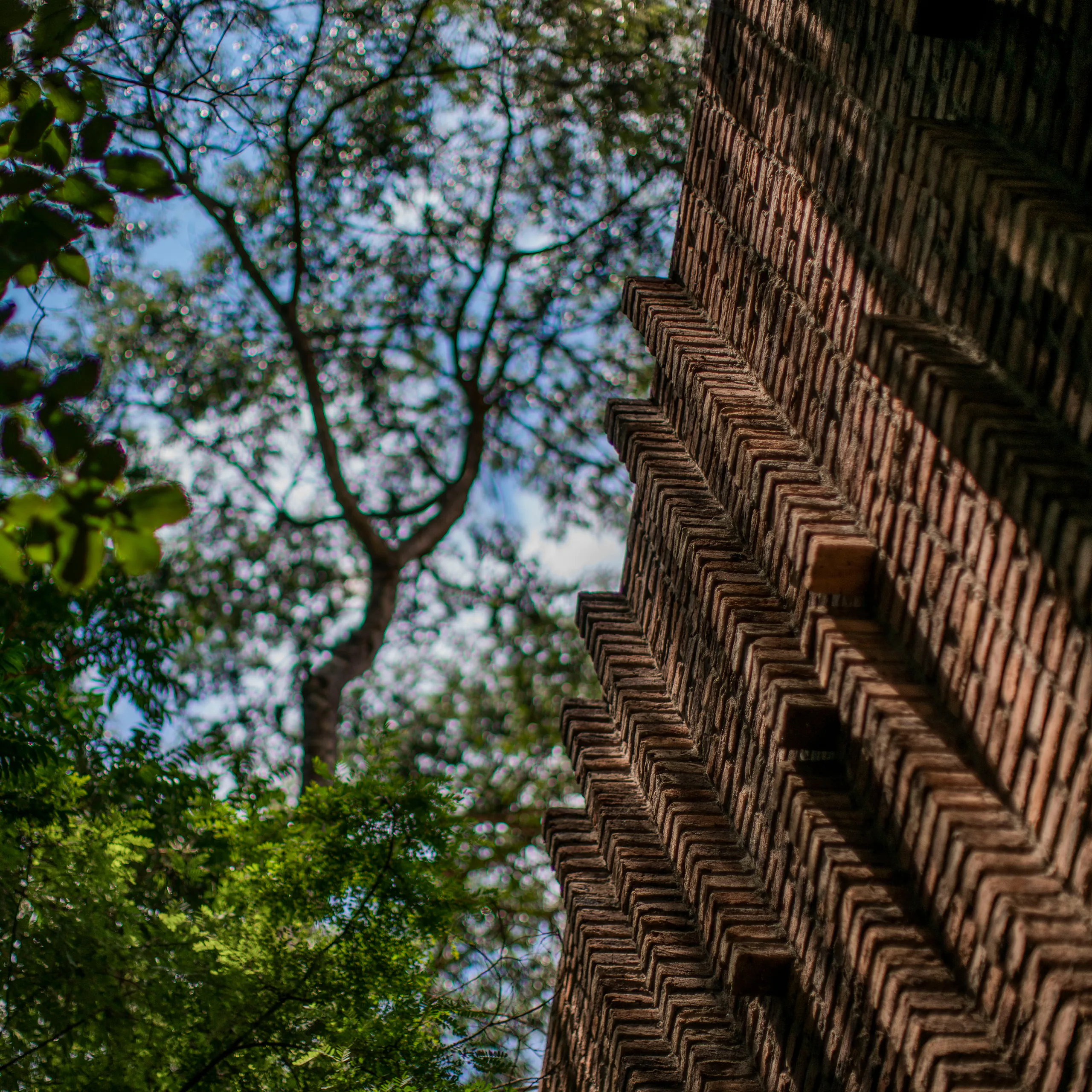

Its name comes from the Tupi term yekïti’bá, ‘stiff trunk tree,’ due to its lasting, hardwood. Considered the biggest tree of the Atlantic Forest (reaching up to 30 meters high and 4 meters diameter), it is often found in the east part of Brazil. It can live up to 500 years, being excellent in preserving the biome.
It is used in civil construction and toy making, while its bark’s tannin is applied in leather tanning, due to its great disinfecting power.


Discover the Botanical Garden.

